Citizenship American Spouse n/a | Name Alice Hamilton | |
 | ||
Born February 27, 1869New York City, New York ( 1869-02-27 ) Alma mater University of Michigan (1893)University of Leipzig (1895-96)Johns Hopkins University (research assistant) Died September 22, 1970, Hartford, Connecticut, United States Parents Montgomery Hamilton, Gertrude Pond Hamilton Siblings Edith Hamilton, Norah Hamilton, Margaret Hamilton Books Women At The Hague: T, A Hummingbird in My Ha, Furniture Makeovers in a Week, Exploring the Dangero, Industrial Poisons Used Or Similar People | ||
Notable awards Lasker Award (1947) | ||
Alice hamilton 1988 niosh
Alice Hamilton (February 27, 1869 – September 22, 1970) was an American physician, research scientist, and author who is best known as a leading expert in the field of occupational health and a pioneer in the field of industrial toxicology. She was also the first woman appointed to the faculty of Harvard University. Her scientific research focused on the study of occupational illnesses and the dangerous effects of industrial metals and chemical compounds. In addition to her scientific work, Hamilton was a social-welfare reformer, humanitarian, peace activist, and a resident-volunteer at Hull House in Chicago. She was the recipient of numerous honors and awards, most notably the Lasker Award for her public-service contributions.
Contents
- Alice hamilton 1988 niosh
- Harriet hardy recalls her early days with alice hamilton 1988 apha occ health safety section award
- Early life and family
- Education
- Early years at Chicagos Hull House
- Medical Investigator
- Womens rights and peace activist
- Assistant Professor Harvard Medical School
- Later years
- Death and legacy
- Recognition and awards
- Selected published works
- References
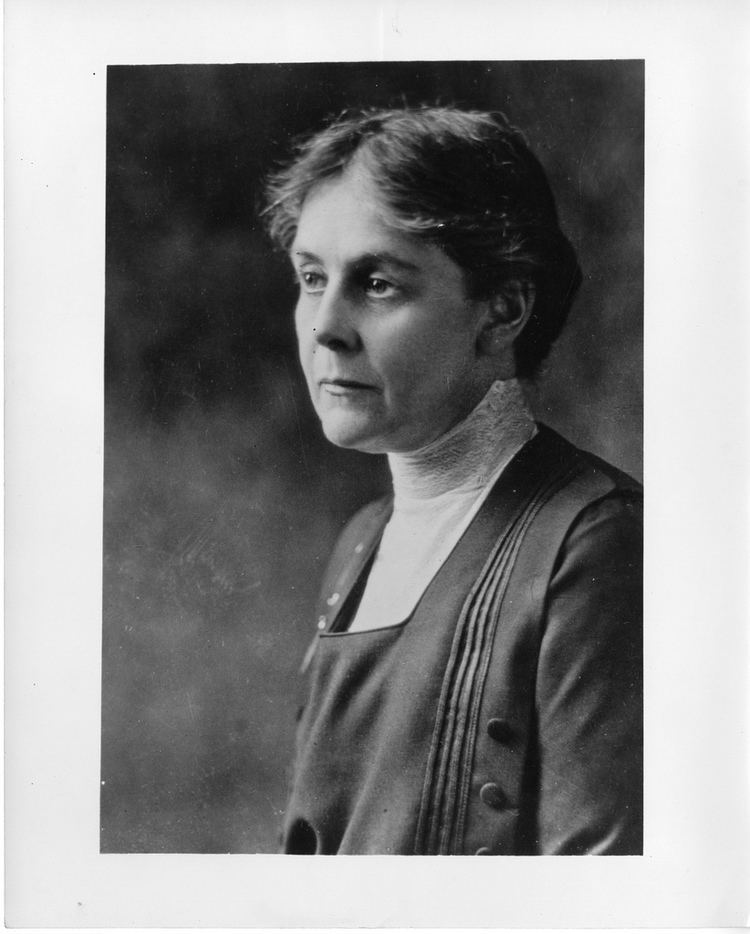
Harriet hardy recalls her early days with alice hamilton 1988 apha occ health safety section award
Early life and family

Alice Hamilton, the second child of Montgomery Hamilton (1843–1909) and Gertrude (née Pond) Hamilton (1840–1917), was born on February 27, 1869, in Manhattan, New York City, New York. She spent a sheltered childhood among an extended family in Fort Wayne, Indiana, where her grandfather, Allen Hamilton, an Irish immigrant, had settled in 1823. He married Emerine Holman, the daughter of Indiana Supreme Court Justice Jesse Lynch Holman, in 1828 and became a successful Fort Wayne businessman and a land speculator. Much of the city of Fort Wayne was built on land that he once owned. Alice grew up on the Hamilton family's large estate that encompassed a three-block area of downtown Fort Wayne. The Hamilton family also spent many summers at Mackinac Island, Michigan. For the most part, the second and third generations of the extended Hamilton family, which included Alice's family, as well as her uncles, aunts, and cousins, lived on inherited wealth.
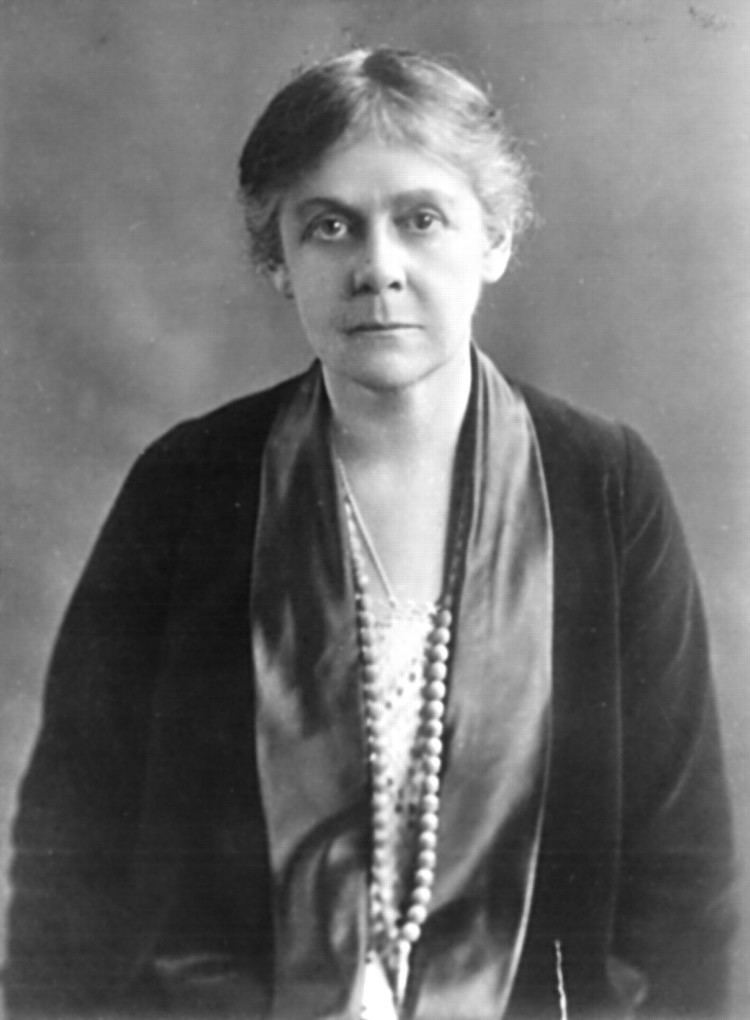
Montgomery Hamilton, Alice's father, attended Princeton University and Harvard Law School. He also studied in Germany, where he met Gertrude Pond, the daughter of a wealthy sugar importer. They were married in 1866. Alice's father became a partner in a wholesale grocery business in Fort Wayne, but the partnership dissolved in 1885 and he withdrew from public life. Although the business failure caused a financial loss for the family, Alice's outspoken mother, Gertrude, remained socially active in the Fort Wayne community.
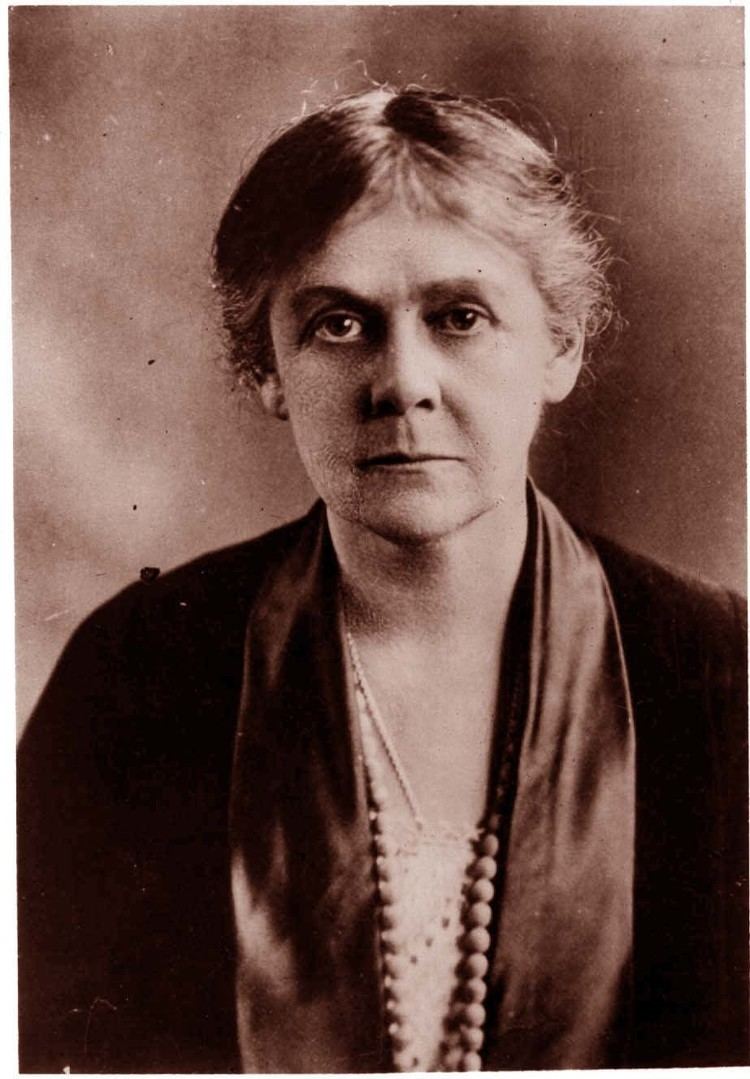
Alice was the second oldest of five siblings that included three sisters (Edith, Margaret, and Norah) and a brother (Arthur "Quint"), all of whom were accomplished in their respective fields. The girls remained especially close throughout their childhood and into their professional careers. Edith (1867–1963), an educator and headmistress at Bryn Mawr School in Baltimore, Maryland, became a classicist and renowned author for her essays and best-selling books on ancient Greek and Roman civilizations. Margaret (1871–1969), like her older sister Edith, became an educator and headmistress at Bryn Mawr School. Norah (1873–1945) was an artist. Arthur (1886–1967), the youngest Hamilton sibling, became a writer, professor of Spanish, and assistant dean for foreign students at the University of Illinois at Urbana-Champaign. Arthur was the only sibling to marry; he and his wife, Mary (Neal) Hamilton, had no children.
Education
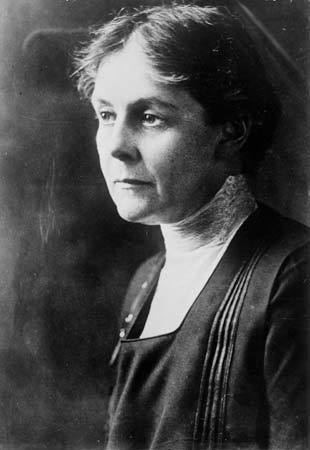
Hamilton's parents home schooled their children from an early age. Following a family tradition among the Hamilton women, Alice completed her early education at Miss Porter's Finishing School for Young Ladies (also known as Miss Porter's School) in Farmington, Connecticut, from 1886 to 1888. In addition to Alice, three of her aunts, three cousins, and all three of her sisters were alumni of the school.

Although Hamilton had led a privileged life in Fort Wayne, she aspired to provide some type of useful service to the world and chose medicine as a way to financially support herself. Hamilton, who was an avid reader, also cited literary influence for inspiring her to become a physician, even though she had not yet received any training in the sciences: "I meant to be a medical missionary to Teheran, having been fascinated by the description of Persia in [Edmond] O'Donovan's The Merv Oasis. I doubted if I could ever be good enough to be a real missionary, but if I could care for the sick, that would do instead."
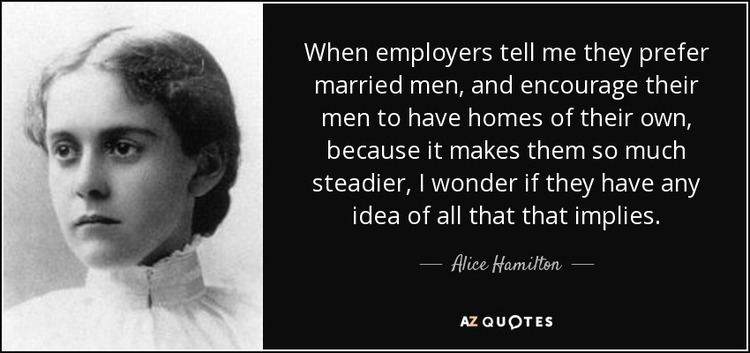
After her return to Indiana from school in Connecticut, Hamilton studied science with a high school teacher in Fort Wayne and anatomy at Fort Wayne College of Medicine for a year before enrolling at the University of Michigan Medical School in 1892. Hamilton earned a medical degree from the university in 1893.
In 1893–94, after graduation from medical school, Hamilton completed internships at the Northwestern Hospital for Women and Children in Minneapolis and at the New England Hospital for Women and Children in Roxbury, a suburban neighborhood of Boston, Massachusetts, to gain some clinical experience. Hamilton had already decided that she was not interested in establishing a medical practice and returned to the University of Michigan in February 1895 to study bacteriology as a resident graduate and lab assistant of Frederick George Novy. She also began to develop and interest in public health.
In the fall of 1895, Alice and her older sister, Edith, traveled to Germany. Alice planned to study bacteriology and pathology at the advice of her professors at Michigan, while Edith intended to study the classics and attend lectures. The Hamilton sisters faced some opposition to their efforts to study abroad. Although Alice was welcomed in Frankfurt, her requests to study in Berlin were rejected and she experienced some prejudice against women when the two sisters studied at universities in Munich and Leipzig.
When Alice returned to the United States in September 1896, she continued postgraduate studies for a year at the Johns Hopkins University Medical School, where she worked with Simon Flexner.
Early years at Chicago's Hull House
In 1897 Hamilton accepted an offer to become a professor of pathology at the Woman's Medical School of Northwestern University. Soon after her move to Chicago, Illinois, she fulfilled a longtime ambition to become a member and resident of Hull House, the settlement house founded by social reformer Jane Addams and Ellen Gates Starr. While Hamilton taught and did research at the medical school during the day, she maintained an active life at Hull House, her full-time residence from 1897 to 1919. Hamilton became Jane Addams' personal physician and volunteered her time at Hull House to teach English and art. She also directed the men's fencing and athletic clubs, operated a well-baby clinic, and visited the sick in their homes. Although she had moved away from Chicago in 1919 when she accepted a position as an assistant professor at Harvard Medical School, Hamilton returned to Hull House and stayed for several months each spring until Addams's death in 1935.
Through her association and work at Hull House and living side by side with the poor residents of the community, Hamilton witnessed the effects that the dangerous trades had on workers' health through exposure to carbon monoxide and lead poisoning. As a result, she became increasingly interested in the problems the workers faced, especially occupational injuries and illnesses. The experience also caused Hamilton to begin considering how to merge her interests in medical science and social reform to improve the health of American workers.
When the Woman's Medical School closed in 1902, Hamilton took a position as bacteriologist with the Memorial Institute for Infectious Diseases, pursued studies at the Pasteur Institute in Paris, France, and investigated a typhoid epidemic in Chicago before focusing her research on the investigation of industrial diseases. Some of Hamilton's early research in this area included attempts to identify causes of typhoid and tuberculosis in the community surrounding Hull House. Her work on typhoid in 1902 led to the replacement of the chief sanitary inspector of the area by the Chicago Board of Health.
The study of industrial medicine (work-related illnesses) had become increasingly important because the Industrial Revolution of the late nineteenth century had led to new dangers in the workplace. In 1907 Hamilton began exploring existing literature from abroad and noticed that industrial medicine was not being studied as much in America. She set out to change the situation and published her first article on the topic in 1908.
Medical Investigator
Hamilton began her long career in public health and workplace safety in 1910, when Illinois governor Charles S. Deneen appointed her as a medical investor to the newly-formed Illinois Commission on Occupational Diseases. Hamliton lead the commission's investigations, which focused on industrial poisons such as lead and other toxins. She also authored the "Illinois Survey," the commission's report that documented its findings of industrial processes that exposed workers to lead poisoning and other illnesses. The commission's efforts resulted in the passage of the first workers' compensation laws in Illinois in 1911, in Indiana in 1915, and occupational disease laws in other states. The new laws required employers to take safety precautions to protect workers.
By 1916 Hamilton had become America's leading authority on lead poisoning. For the next decade she investigated a range of issues for a variety of state and federal health committees. Hamilton focused her explorations on occupational toxic disorders, examining the effects of substances such as aniline dyes, carbon monoxide, mercury, tetraethyl lead, radium, benzene, carbon disulfide and hydrogen sulfide gases. Her work on the manufacture of white lead and lead oxide, as a special investigator for the U.S. Bureau of Labor Statistics, is considered a "landmark study". Relying primarily on "shoe leather epidemiology" (her process of making personal visits to factories, conducting interviews with workers, and compiling details of diagnosed poisoning cases) and the emerging laboratory science of toxicology, Hamilton pioneered occupational epidemiology and industrial hygiene. She also created the specialized field of industrial medicine in the United States. Her findings were scientifically persuasive and influenced sweeping health reforms that changed laws and general practice to improve the health of workers.
During World War I, the US Army tasked her with solving a mysterious ailment striking workers at a munitions plant in New Jersey. She led a team that included George Minot, a Professor at Harvard Medical School. She deduced that the workers were being sickened through contact with the explosive trinitrotoluene (TNT). Her recommendations that workers wear protective clothing that should be removed and washed at the end of each shift solved the problem.
Hamilton's best-known research included her studies on carbon monoxide poisoning among American steelworkers, mercury poisoning of hatters, and "a debilitating hand condition developed by workers using jackhammers." At the request of the U.S. Department of Labor, she also investigated industries involved in developing high explosives, "spastic anemia known as 'dead fingers'" among Bedford, Indiana, limestone cutters, and the "unusually high incidence of pulmonary tuberculosis" among tombstone carvers working in the granite mills of Quincy, Massachusetts, and Barre, Vermont. Hamilton was also a member of the Committee for the Scientific Investigation of the Mortality from Tuberculosis in Dusty Trades, whose efforts "laid the groundwork for further studies and eventual widespread reform in the industry."
Women's rights and peace activist
During her years at Hull House, Hamilton was active in the women's rights and peace movements. She traveled with Jane Addams and Emily Greene Balch to the 1915 International Congress of Women in The Hague, where they met Aletta Jacobs, a Dutch pacifist, feminist, and suffragist. Rediscovered historical footage shows Addams, Hamilton, and Jacobs before the Brandenburger Gate in Berlin on May 24, 1915, during a visit to German to meet government leaders. She also visited German-occupied Belgium.
Hamilton returned to Europe with Addams in May 1919 to attend the second International Congress of Women at Zurich, Switzerland. In addition, Hamilton, Addams, Jacobs, and American Quaker Carolena M. Wood became involved in a humanitarian mission to Germany to distribute food aid and investigate reports of famine.
Assistant Professor, Harvard Medical School
In January 1919 Hamilton accepted a position as assistant professor in a newly-formed Department of Industrial Medicine (and after 1925 the School of Public Health) at Harvard Medical School, making her the first woman appointed to the Harvard University faculty in any field. Her appointment was hailed by the New York Tribune with the headline: "A Woman on Harvard Faculty—The Last Citadel Has Fallen—The Sex Has Come Into Its Own". Her own comment was "Yes, I am the first woman on the Harvard faculty—but not the first one who should have been appointed!"
During her years at Harvard, from 1919 to her retirement in 1935, Hamilton never received a faculty promotion and held only a series of three-year appointments. At her request, the half-time appointments for which she taught one semester per year allowed her to continue her research and spend several months of each year at Hull House. Hamilton also faced discrimination as a woman. She was excluded from social activities, could not enter the Harvard Union, attend the Faculty Club, or receive a quota of football tickets. In addition, Hamilton was not allowed to march in the university's commencement ceremonies as the male faculty members did.
Hamilton became a successful fundraiser for Harvard as she continued to write and conduct research on the dangerous trades. In addition to publishing "landmark reports for the U.S. Department of Labor" on research related to workers in Arizona copper mines and stonecutters at Indiana's limestone quarries, Hamilton also wrote Industrial Poisons in the United States (1925), the first American textbook on the subject, and another related textbook, Industrial Toxicology (1934). At tetraethyl lead conference in Washington, D.C. in 1925, Hamilton was the most prominent critic of adding tetraethyl lead to gasoline.
Hamilton also remained an activist in social reform efforts. Her specific interests in civil liberties, peace, birth control, and protective labor legislation for women caused some of her critics to consider her a "radical" and a "subversive." From 1924 to 1930, she served as the only woman member of the League of Nations Health Committee. She also visited the Soviet Union in 1924 and Nazi Germany in April 1933. Hamilton wrote "The Youth Who Are Hitler's Strength," which was published in the New York Times. The article described Nazi exploitation of youth in the years between the two world wars. She also criticized the Nazi education, especially its domestic training for girls.
Later years
After her retirement from Harvard in 1935, Hamilton became a medical consultant to the U.S. Division of Labor Standards. Her last field survey, which was made in 1937–38, investigated the viscose rayon industry. In addition, Hamilton served as president of the National Consumers League from 1944 to 1949.
Hamilton spent her retirement years in Hadlyme, Connecticut, at the home she had purchased in 1916 with her sister, Margaret. Hamilton remained an active writer in retirement. Her autobiography, Exploring the Dangerous Trades, was published in 1943. Hamilton and coauthor Harriet Hardy also revised Industrial Toxicology (1949), the textbook that Hamilton had initially written in 1934. Hamilton also enjoyed leisure activities such as reading, sketching, and writing, as well as spending time among her family and friends.
Death and legacy
Hamilton died of a stroke at her home in Hadlyme, Connecticut, on September 22, 1970, at the age of 101. She is buried at Cove Cemetery in Hadlyme.
Hamilton was a tireless researcher and crusader against the use of toxic substances in the workplace. Within three months of her death in 1970, the U.S. Congress passed the Occupational Safety and Health Act to improve workplace safety in the United States.
Recognition and awards
Selected published works
Books:
Articles:
